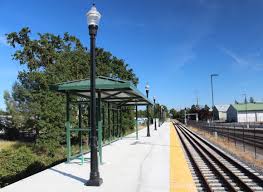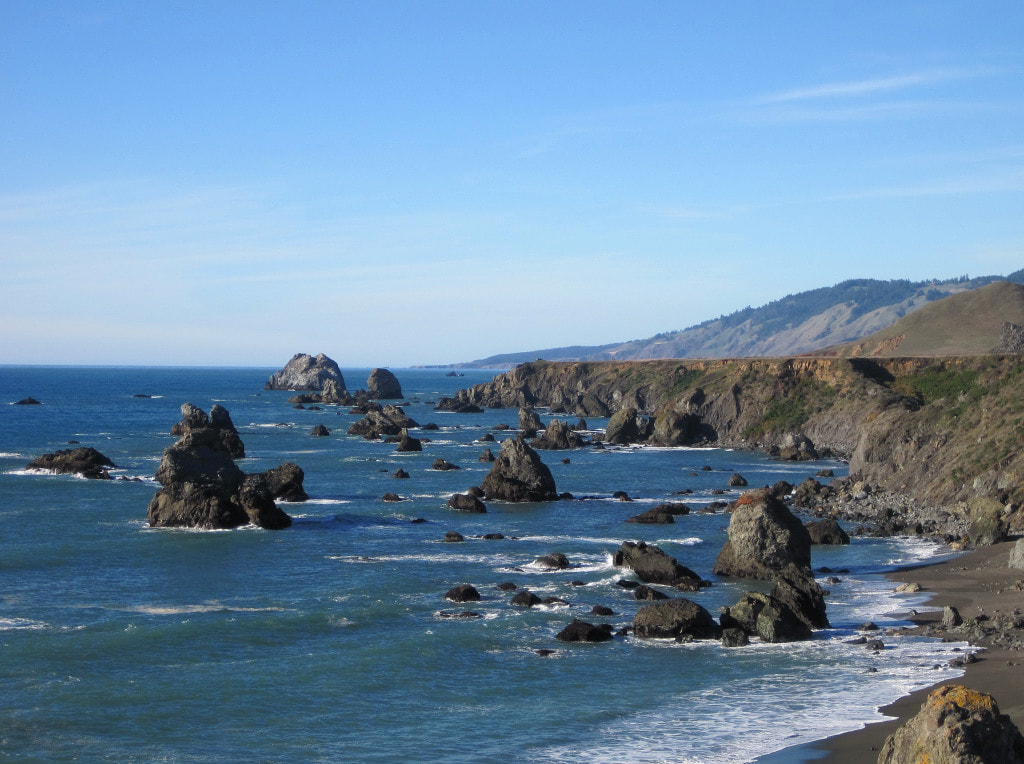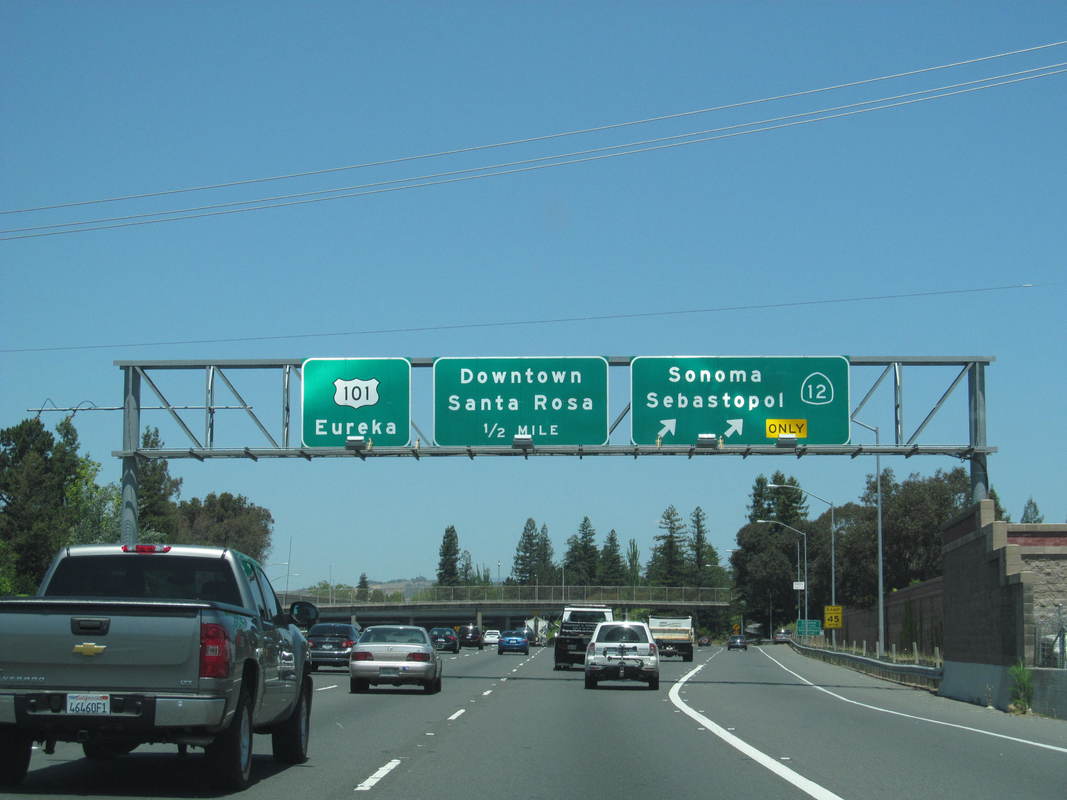|
As the summer reaches its peak, many drivers are utilizing any available means to stay cool and out of the sun. One of the most common efforts in doing so involves window tinting. Window tinting is utilized for various different reasons, for example: added privacy, prevent damage to the interior of the vehicle, or—as tinting film can reflect incoming light and therefore reduce the glare and heat inside the car—to keep cool. Although many Californians have their windows tinted, window tinting has always been heavily regulated by law enforcement and can be used a means for initiating a traffic stop. In fact, in 2015, the California Highway Patrol reported a total of nearly 2000,000 tickets issued to drivers for violating California window tint law between January 2015 and August 2017!
Vehicle Code §26708 generally prohibits drivers from placing any material that may reduce or obstruct their view through the windshield. (Ironically, it seems Californians are constantly encouraged to do the complete opposite. Parking permits are a great example. Whether instructed to be placed on the windshield or hung on the rear-view mirror, based on the language of the law, doing so could be construed as a violation.) Also, other regulations address the darkness and location of the tint. For example, despite there being no current limitations on the darkness of rear windows, the front side windows must allow more than 70% of light to pass through into the inside the car, and a car can only have non-reflective tint on the top four inches of the windshield.[1] Through the passage of AB 1303, California created a small but important exemption to the window shield tint and object placement prohibition; Californians who obtain a signed certificate by a dermatologist indicating the driver has a sensitivity to UV rays[2]can now tint their windshields. It is important to keep in mind, however, that those utilizing this exemption can still expect to have interactions with law enforcement stemming from their use of tint as officers can still use a perceived violation of the tinting laws as probable cause to initiate a traffic stop. …And once an officer has probable cause to pull you over, his observations while conducting that routine traffic stop are all fair game. So if you are one of the drivers for whom window tint is medically recommended, by all means take advantage of the new exemption created by AB 1303. But remember, this could potentially result in an increased likelihood of interactions with law enforcement so make sure your other documentation such as license, insurance, and registration are all up to date! ___________ [1]Also of note, (1) a driver is required to have dual side mirrors if the rear window of the car is tinted, and (2) a driver cannot use red, amber or blue tint on any window. [2]For example if the driver has either Lupus or xeroderma pigmentosum There's an interesting discussion taking place surrounding the jail sentence of Julie Eldred. The following info was cut and pasted from this site.
"Julie Eldred [originally convicted of theft-related charges] was a drug addict on criminal probation – which required her to stay clean. She was trying to. But as so often happens, she couldn’t. The judge sent her to jail for 10 days. Is that what our society ought to do? Is relapse a crime requiring time behind bars – or a symptom of disease requiring treatment? ..." "The irony is both dark and profound: Only in death do drug users become victims. Until then, they are criminals. In addition, a vast majority of American prisons deny opioid addicts access to medication-assisted therapy, or MAT, which uses Food and Drug Administration-approved medications that can relieve opioid cravings and withdrawal symptoms. Most addiction specialists say MAT is far and away the most effective treatment for opioid use disorder." One "argument, which is shared by many medical professionals, is that incarceration poses a threat to the recovery process—not that court-ordered drug treatment or testing is unfair, or that criminal sanctions shouldn’t be imposed on probationers who don’t comply with treatment. Eldred had been on a regime of anti-craving medicine, Suboxone, for five days when she relapsed. 'From a therapeutic perspective, it is very disruptive to put somebody in a position where they’re afraid if they talk about relapse—or even talk about cravings to relapse—they could be jailed,' said Newman-Polk, who previously worked as an addiction counselor. 'If the court feels that addiction treatment is a necessary probation condition, then the court system shouldn’t interrupt the treatment process.'” The case, set to decide if requiring probationers to remain clean is constitutional is currently pending in the Massachusetts Supreme Court. Stay tuned! The California legislature continues its pursuit towards safer roads and its never-ending battle against driving under the influence. Ride-sharing companies such as Uber and Lyft once seen as a tool to combat drunk driving, have lessened the frequency of such criminality, but the cost of a ride can still serve as a disincentive for drinkers to request a ride-share.
Prior to the passage of AB 711 this year, alcohol manufacturers were limited to whom they could offer discounted rides(event invite-only guests). However, California sought to change this. AB 711 seems like a win-win proposition that benefits both the manufacturers and the public. Manufacturers can use these rides as marketing tools while the drinking public benefits from free rides and the general public can rest assured that there are potentially less drunk drivers on the road. Manufacturers can now offer discounted–or even free–rides, which many of us would prefer over the typical fare the manufacturers usually try to bribe us with: koozie or bottle openers. From the potential rider’s consumer point, perhaps the best part about AB 711 is that these free or discounted rides cannot be conditioned on the purchase of the manufacturer’s goods. Surprisingly, it took six yearsafter the introduction of companies like Uber and Lyft to the general public for this law to be implemented, allowing California to join the vast majority of states in which this type of “advertising under guise of drunk driving prevention” is legal. So why did it take CA so long to implement AB 711? After all, AB 711 on its face seems like a great idea, eliminating those high costs of the ride that can sometimes discourage a person from requesting a Lyft or Uber, andallowing businesses to advertise through the offering of discounted or complimentary rides. Perhaps the delay in enacting such a law was the result of the many critics who opposes bills such as this one. One critic, Reverend James Butler. the executive director of the California Council on Alcohol Problems, was public in his criticism, positing that “[i]f they get free transportation, maybe instead of two beers they have six.” Further, it’s feared by critics that free transportation incentivizes people to drink morethan they would normally drink. Alcohol Justice, a San Rafael-based nonprofit, opposed the bill as they believe it would promote the “overconsumption of alcohol” and “[i]f AB 711 is passed and signed into law it will negatively impact public health and safety and increase the potential of alcohol-related problems,” such as potentially increasing the occurrence of other offenses that typically involve alcohol such as fights, being drunk in public, incidents of domestic violence, or resisting arrest. So next time you are out in the town, check to see if the establishment you are in offers the services AB 711 seeks to provide, but if they don’t, make sure to request a ride from a sober driver, or one of the various ride services out there such as Uber, Lyft, or taxis. Remember that although that $20 ride may seem expensive at the time, it is nothing compared to the cost of litigating a DUI charge. |
AuthorDevina strives to make information relevant to the lives of her clients easily accessible. Archives
July 2024
Categories
All
|
Proudly serving Sonoma, Marin, Napa, Mendocino and Lake Counties (and occasionally venturing as far as Yolo, Santa Clara and San Mateo Counties).
Proudly powered by Weebly
This website is for informational purposes only and does not provide legal advice. Do not act or refrain from acting based on anything you read on this site. Using this site or communicating with the Law Office of Devina Douglas through this site does not form an attorney/client relationship. This site is legal advertising. Please review the full disclaimer for more information. (LINK TO FULL DISCLAIMER PAGE)

 RSS Feed
RSS Feed




